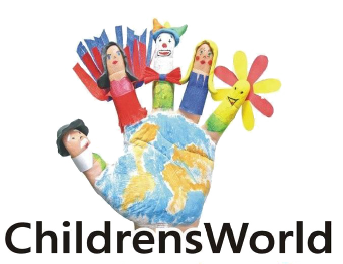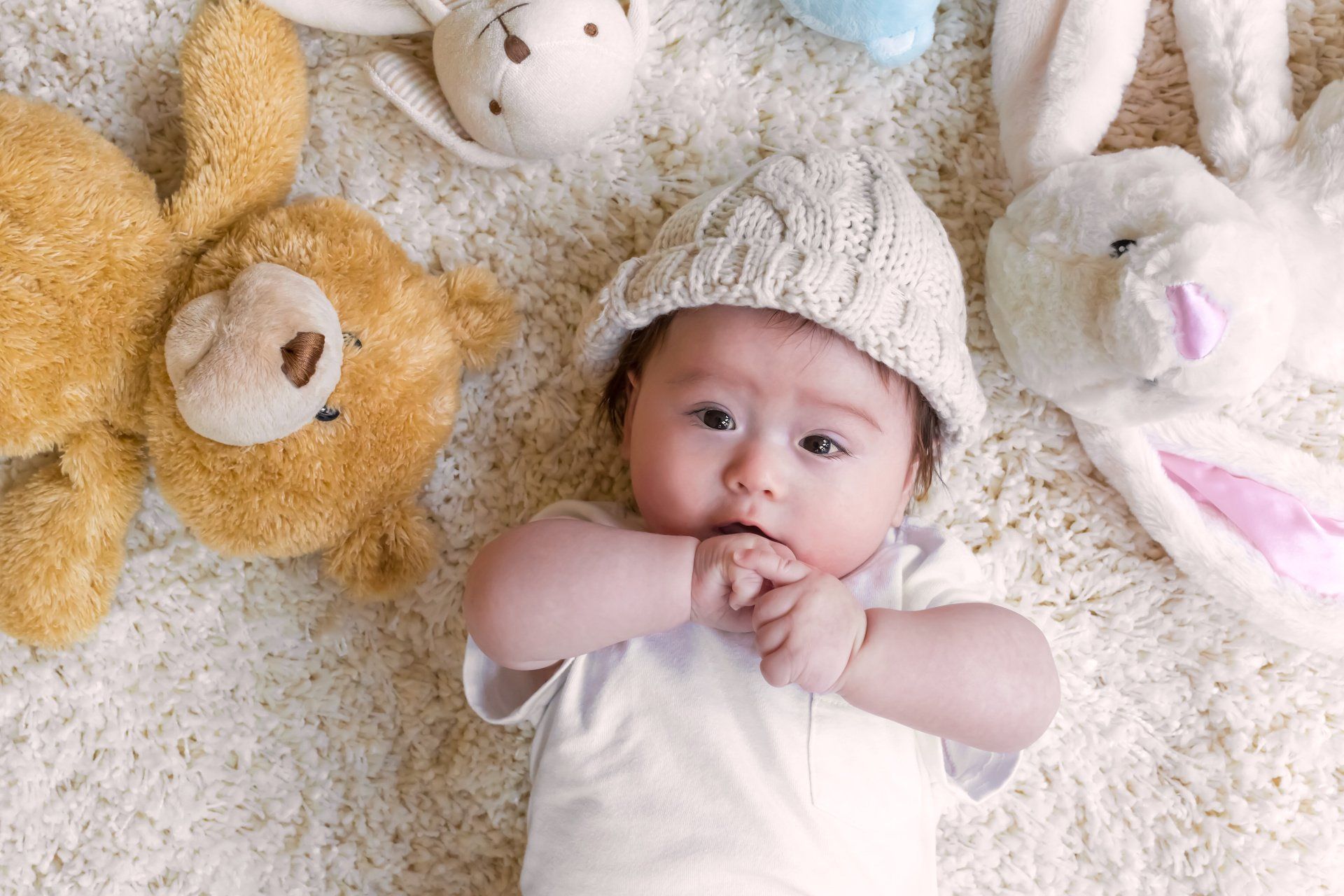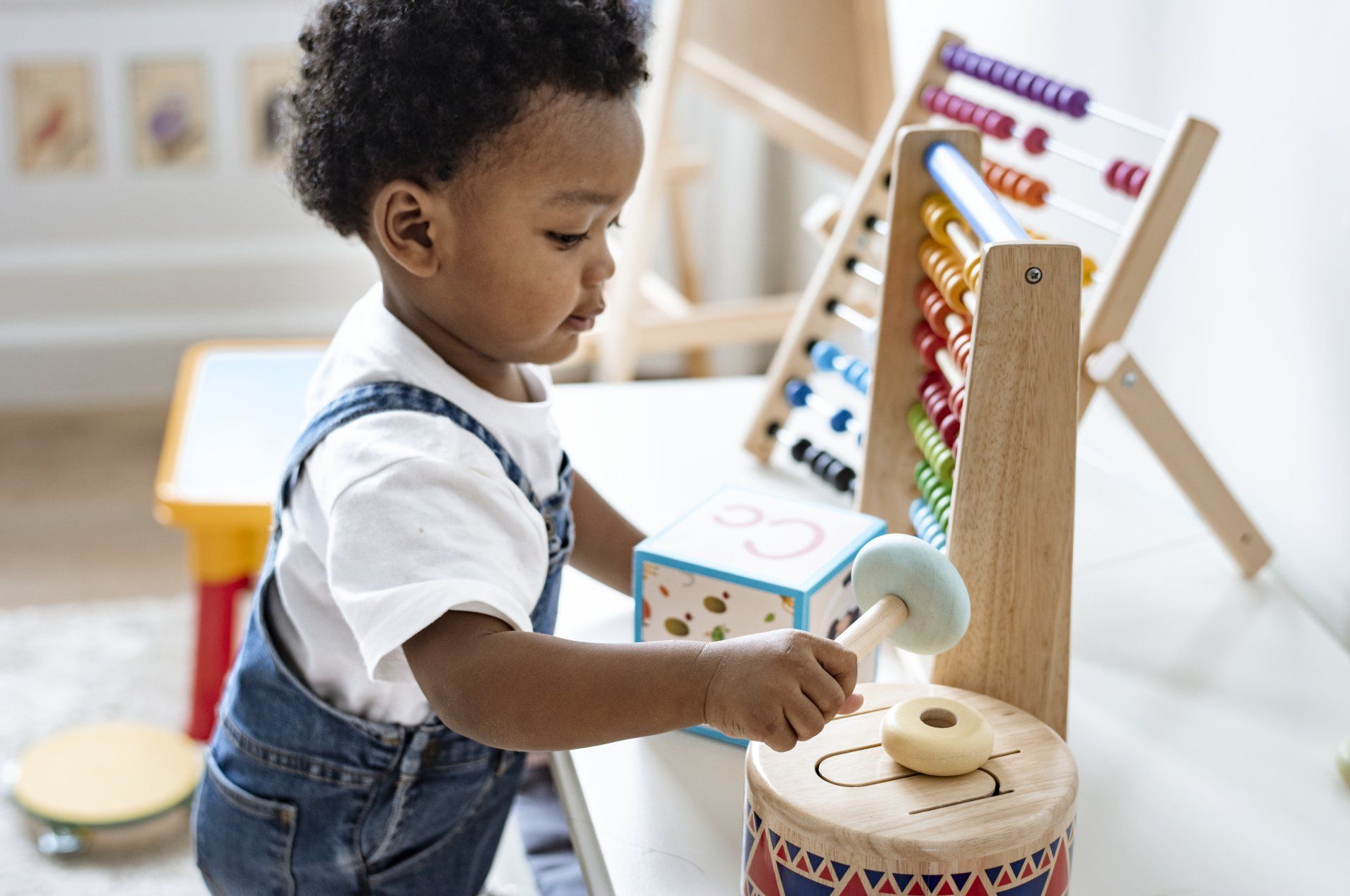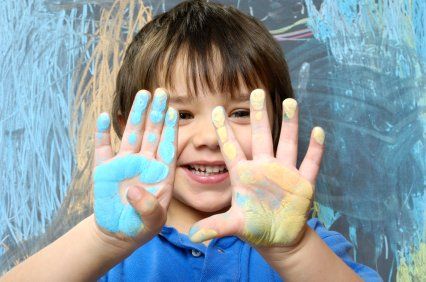Our Curriculum
Family Focused - Flexible - Quality Care
ChildrensWorld Curriculum and Approach to Learning
Our ethos and curriculum creates a learning and enabling environment which features the key principles of these highly regarded pedagogies.
Our nurseries are ‘Hygge’ environments, children have opportunities to chat freely, form friendships, play, sing, explore and develop their own abilities.
They are places of awe and wonder, that encourage curiosity, allow children to take control of their own learning, providing open-ended opportunities for learning, with mainly natural and real-life resources.
At ChildrensWorld we understand play is central to early learning, to developing thinking, communication, compromise and imagination. Children make their own choices, learning at their own pace and in charge of their own learning. Motivation levels are high because children are learning through their own interests, with practitioners scaffolding and enhancing their learning.
Practitioner’s time is spent with the children directly during child-led learning, so we get to know the children and their development well. There is a balance of child-led and adult-guided learning activities, in baby room this may be treasure baskets, rhymes and songs and as children get older there will be more adult-guided learning time, for example in preschool where children will take part in phonics activities, weekly cooking activities, and daily active sessions.
Montessori
The goal of Montessori education is to help the child become independent.
The classroom activity aims at providing opportunities for the child to do things for himself such as dress themselves and to choose their own work. Given the opportunity, a young child will proclaim “I can do it” and as a result of their own effort will benefit from an increase in self-esteem and confidence inspiring further achievement.
Understanding that all children will instinctively be motivated to learn and explore if the setting is appropriately designed and equipped to accommodate their individual interests and abilities, the Montessori classroom is known as the prepared environment . It is designed with child sized furniture to facilitate the child’s independence and freedom of movement.
"The first essential for the child’s development is concentration. The child who concentrates is immensely happy."
Dr. Maria Montessori
Hygge in the Early Years
Pronounced hue-guh, Hygge is a Danish word that means cozy, charming, or special. It is a mood; one that is not easily translated. It denotes a feeling of comfort and well-being.
Hygge is not just for the early years; it’s a way of living. The concept is used in the design of education settings because it’s effective for learning and development: it’s feeling warm and cosy in a comfortable place, with muted colours, plants, soft furnishings, and gentle lighting.
Hygge is about a space that promotes emotional well-being, togetherness and friendship.
In a Hygge setting, children have opportunities to chat freely, form friendships, play, sing, explore and develop their own abilities. It’s a place with a cosy nook for children to cosy up with a book and blanket, natural lighting mixed with soft and twinkly lights to create a relaxed atmosphere. Comfortable furniture – big chairs, rugs cushions to make children feel like they are at home and in turn more at ease and open to learning, exploring and connecting.
The Curiosity Approach
Promoting Awe & Wonder in Early Years
This is a modern day approach that fits perfectly in current changing technological times. Bringing curiosity, awe and wonder into early childhood & creating the 'thinkers & doers' of the future.
We aim to empower and ignite passion and excitement in practitioners. Giving you the tools and knowledge to enable you and your setting to create beautiful play spaces for children.




